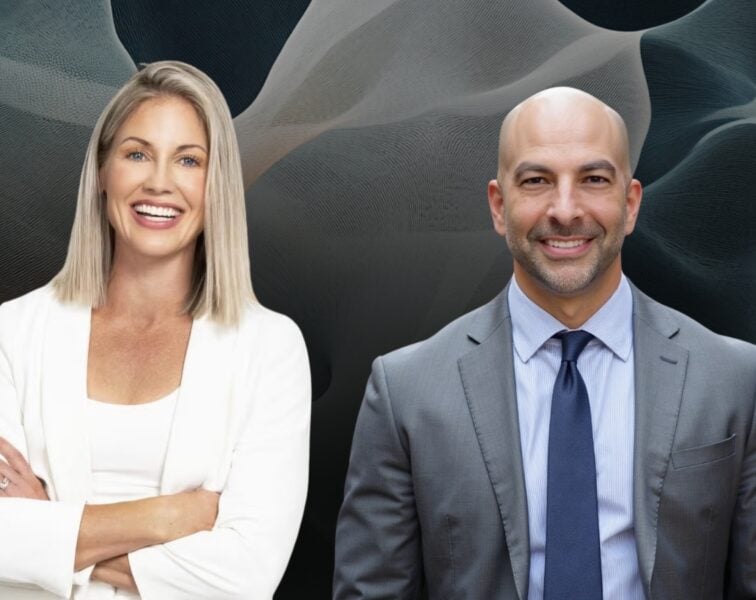Guest Episode
Women’s health and performance: how training, nutrition, and hormones interact across life stages
Guest Episode
Injury prevention, recovery, and performance optimization for every decade
Guest Episode
Foot health: preventing and treating common injuries, enhancing strength and mobility, picking footwear, and more
Guest Episode
Lower back pain: causes, treatment, and prevention of lower back injuries and pain
Podcast Episode
Training for The Centenarian Decathlon: zone 2, VO2 max, stability, and strength
Guest Episode
Shoulder, elbow, wrist, and hand: diagnosis, treatment, and surgery of the upper extremities
Free Article
Avoiding Injury Part I: Eccentric Strength
Guest Episode
Building muscle, losing fat, and the importance of resistance training
Guest Episode
Principles of Dynamic Neuromuscular Stabilization (DNS)
Guest Episode

























